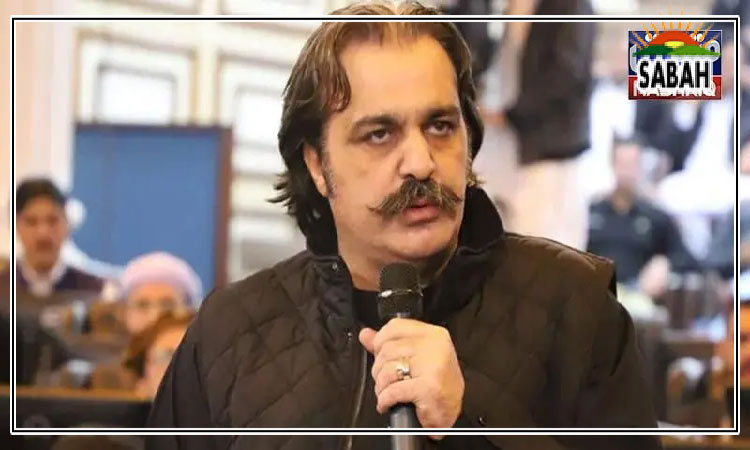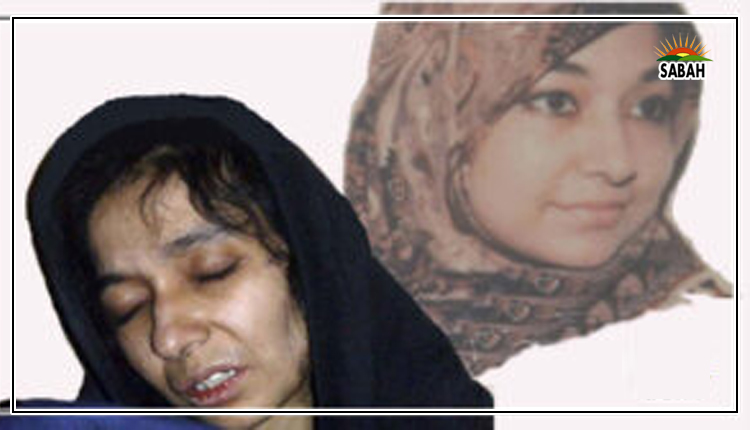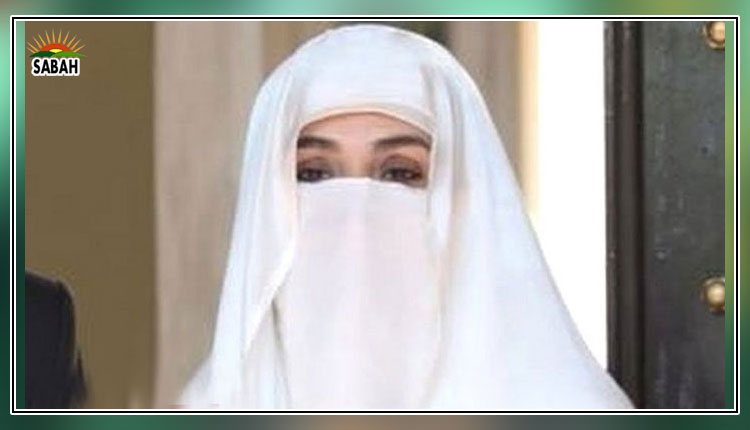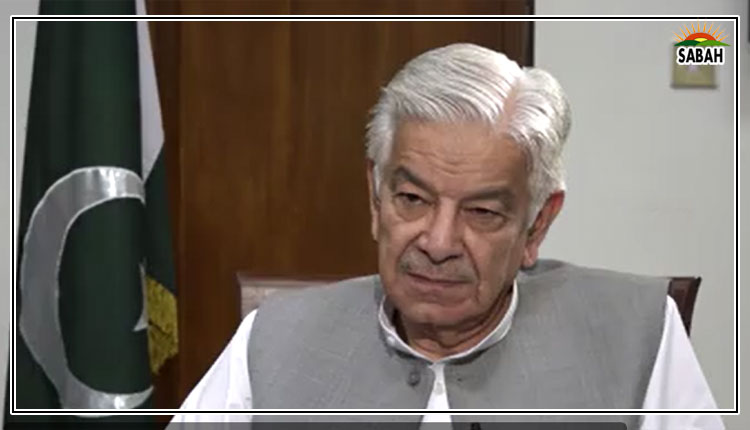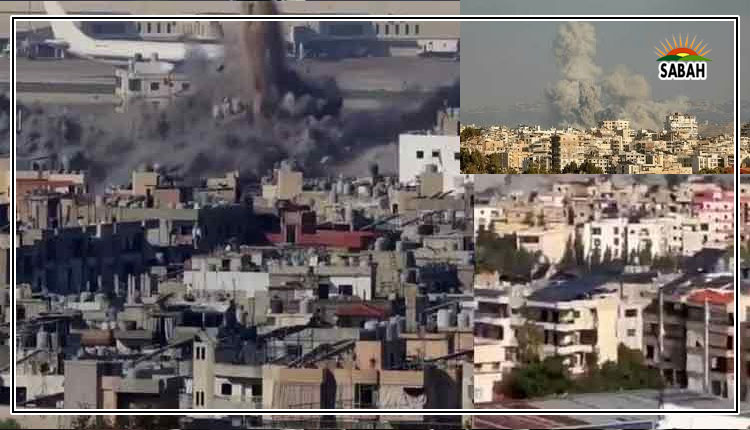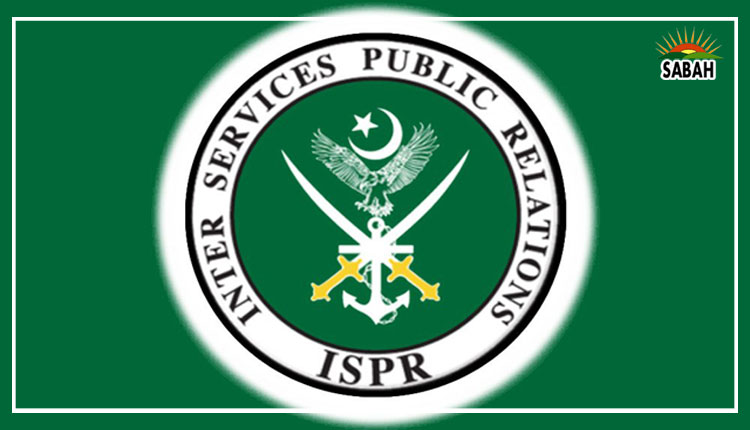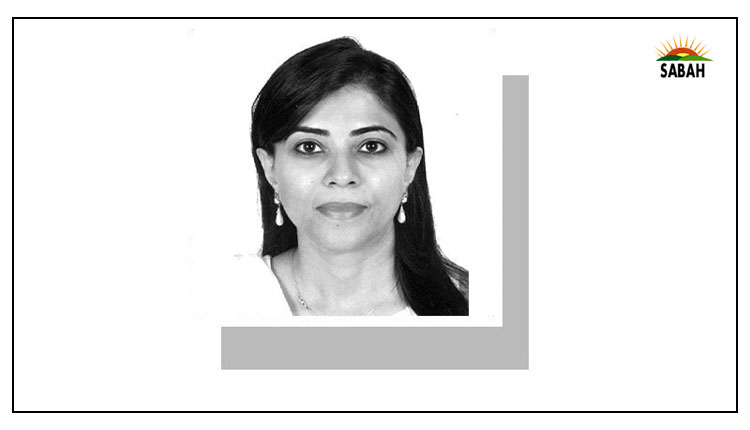Revolt and youth…Arifa Noor
IF there was one reading recommendation from the previous week, it was a piece by Bilal Gilani in The News. The executive director of Gallup Pakistan, Gilani has written more than once on this subject, as have others, but he seems to have a far better grasp. The issue is the changing nature of Pakistani politics, the polarisation and the role of the youth (perhaps, I shouldnt call it an issue).
Identifying this new mobilisation, he explains that from 2013 onwards, Pakistani youth have been increasingly participating in the electoral exercise. He puts it down to two main factors: the expansion of social media and the proliferation of education, leading to a more aware, more politicised youth.
While the point about social media has been made time and again, it would be worthwhile to quote Gilani on the latter: Before 2002, there were less than 200,000 undergraduate students in universities across Pakistan. By the end of that decade, there were more than two million.
Similarly, within these two decades, the average years of education that a Pakistani child could expect to receive rose from less than three years to almost eight years. Unlike ever before in our history, at least 85 per cent children have been to school at some point in their lives.
Gilani then goes on to argue how this has created the present conflict in the country, where this youth feels the status quo is preventing them from reaching their goals. And second, that this generational conflict is also causing fissures within institutions.
The political system needs to be broadened through further devolution.
Insightful writings allow the rest of us to use them as a springboard. And it was no different with Gilanis piece.
While he argues for the need for a larger, broader dialogue to engage the youth, he also argues for reform of the political system and it is this latter, which we may need to focus on. For, as he too points out, the present political system, set in place decades ago, is near collapse to put it gently.
Set in place after the Zia coup, it aimed in some ways to stem the popular mobilisation, which had led to the rise of the PPP. But a coup, especially in Pakistan, cannot stop political activity altogether. And therefore, the political processes set in place by the military regime tried to counter the popular mobilisation by a state patronage system.
In this system, the earlier strongmen who enjoyed control through their landholdings for instance, now turned brokers who managed the state patronage for their voters and supporters. And to a large extent, in Punjab, this became the class which formed the basis of the PML-N.
Indeed, many of those who had witnessed the mobilisation of the 1970s have criticised more than once the introduction of money, including the use of development funds, which overshadowed the place of ideology in politics during the 1980s. But that was the whole point it was meant to blunt ideology and popular mobilisation.
Electables were born, who used access and influence in the shape of thana, katchery and state employment, to win over votes. In addition, the development model meant local projects created jobs as well as a share in public largesse for those who would pay back in kind when politicians ran electoral campaigns or needed other favours.
It is this model which explains a number of myths or assumptions about the PML-N and its supporters, such as the khata hai toh lagata bhi hai or the idea that the partys voter would not attend rallies or join agitations but turn out to vote on election day.
This model stayed dominant for decades and also allowed the specific manner in which the Musharraf regime managed the 2002 election where an entire party was more or less hijacked to form the kings party (only to revert to its original leadership post 2008). This was not a strategy that Zia could have adopted in 1985 or which seems possible now.
However, over time, this model has become less effective, as the number of voters is growing and the stunted economy means that state patronage simply cannot offer more. The development budget cannot stretch infinitely; it is perhaps shrinking in real terms. The situation is no different with employment in the state sector.
According to Gilani, older parties cannot recognise the youths estrangement; they perhaps can but their political model cannot afford to address this estrangement.
The PTI sees this and offers a solution in vague terms of advancement for all; this is also reflected in its flagship health card programme, which is universal rather than designed in a way to limit it in a manner in which the beneficiaries can be chosen.
This is also why the PTIs promise of local government had proved popular in a political system limited to the national and provincial assemblies, the politically ambitious youth had limited avenues of growth as electables and their families tend to dominate party tickets.
A fully empowered LG system could open doors. But those who are part of the status quo have resisted it, creating the tensions between the traditional electables who joined PTI and the partys supporters who continue to push for local government.
The point here is not to undermine anything Gilani has said; but simply to add to the debate. Where he counsels a dialogue, he also suggests the reform of the political system and it is here that energies will have to be focused. The political system needs to be broadened through further devolution, leading to empowered local governments.
The fiefdoms which are the provincial governments have to be weakened. And the economy has to grow; for which politics need stability rather than 1990s-style interventions. And it is here perhaps the generation gap within institutions (be it political parties or elsewhere) is relevant.
For the younger generation, change is linked to a better future while the older ones seek the comfort of stability, which is no longer possible. Change is rarely ever easy but neither can it be blocked infinitely.
The writer is a journalist.
Courtesy Dawn, April 25th, 2023


